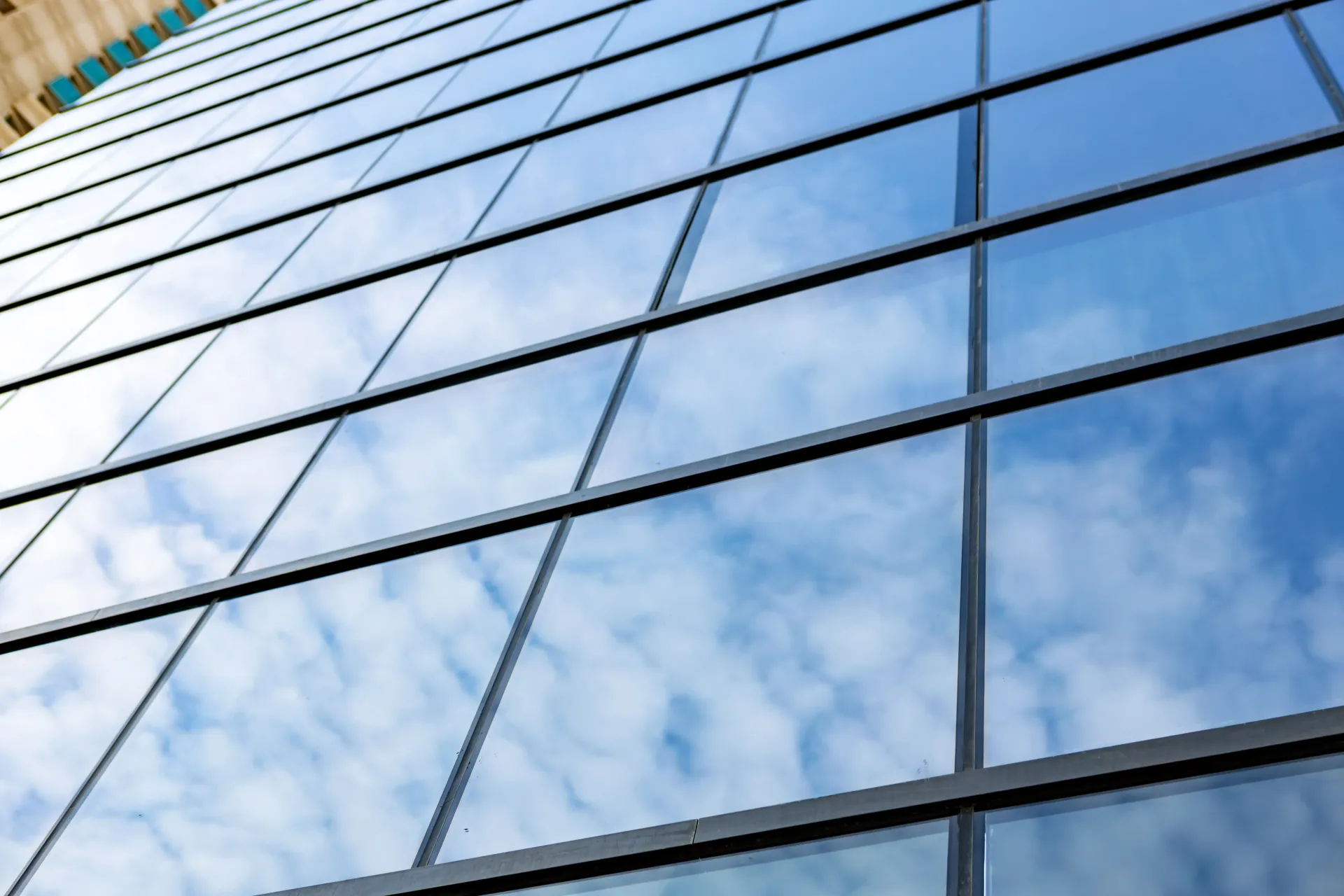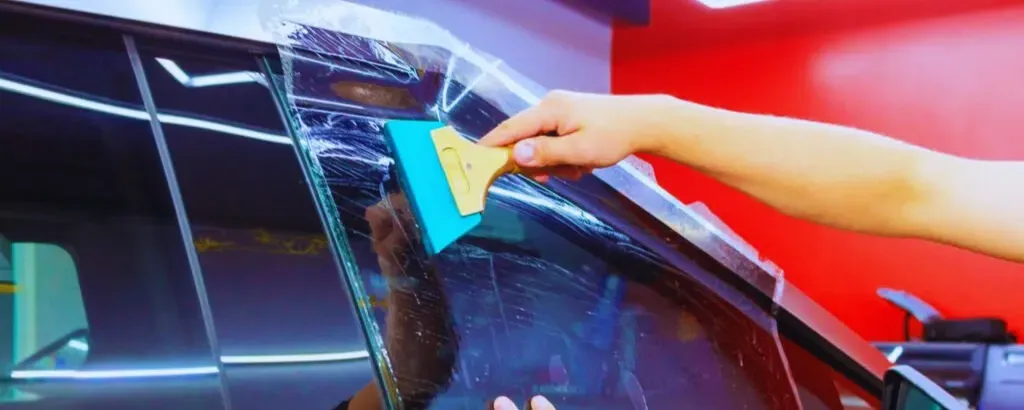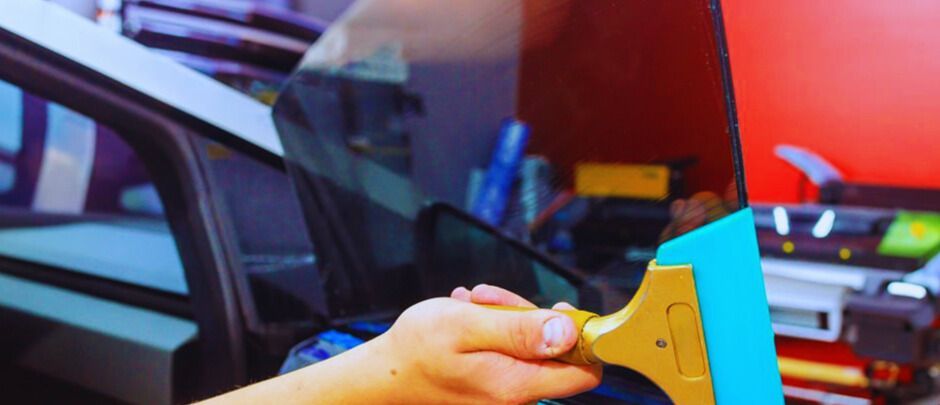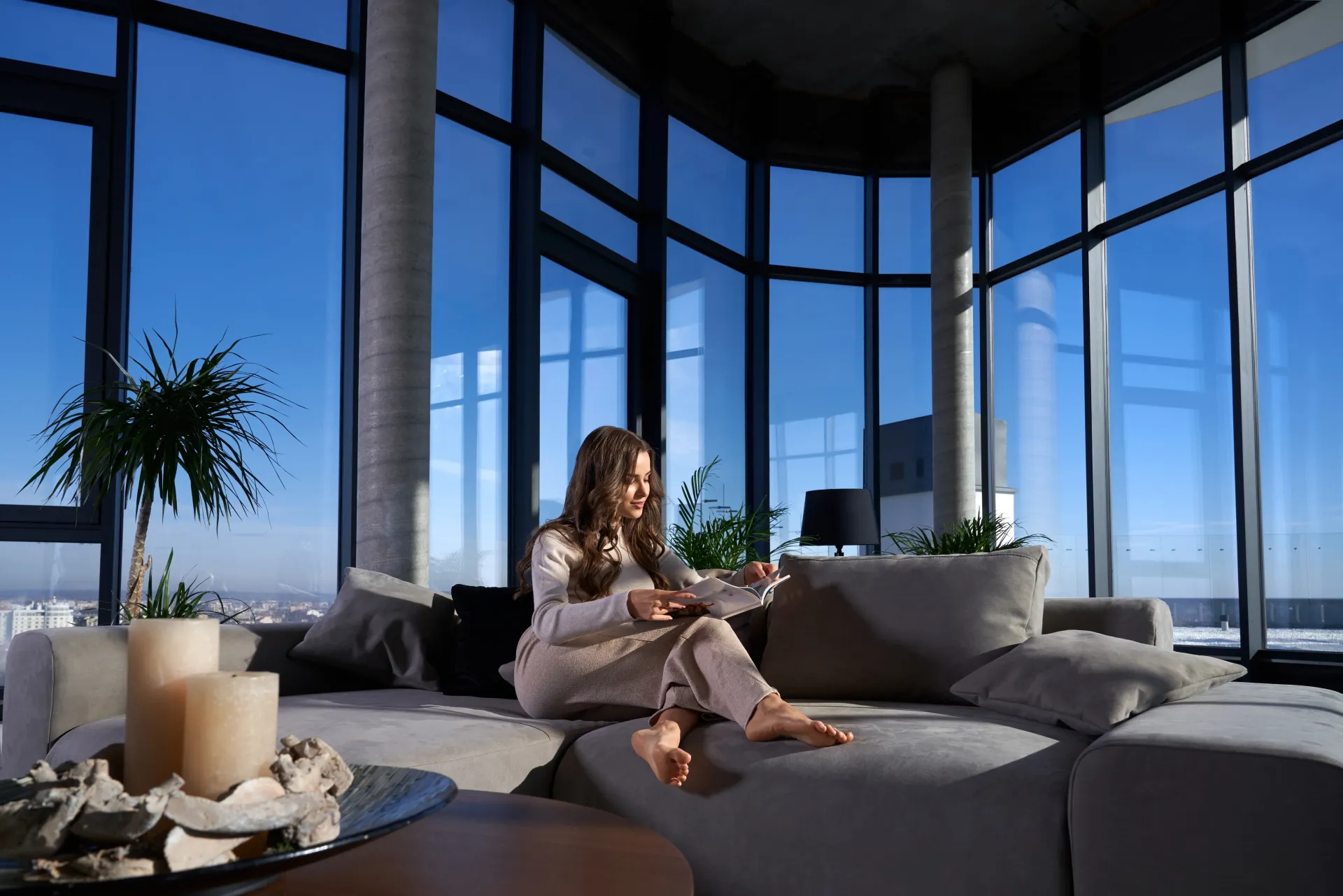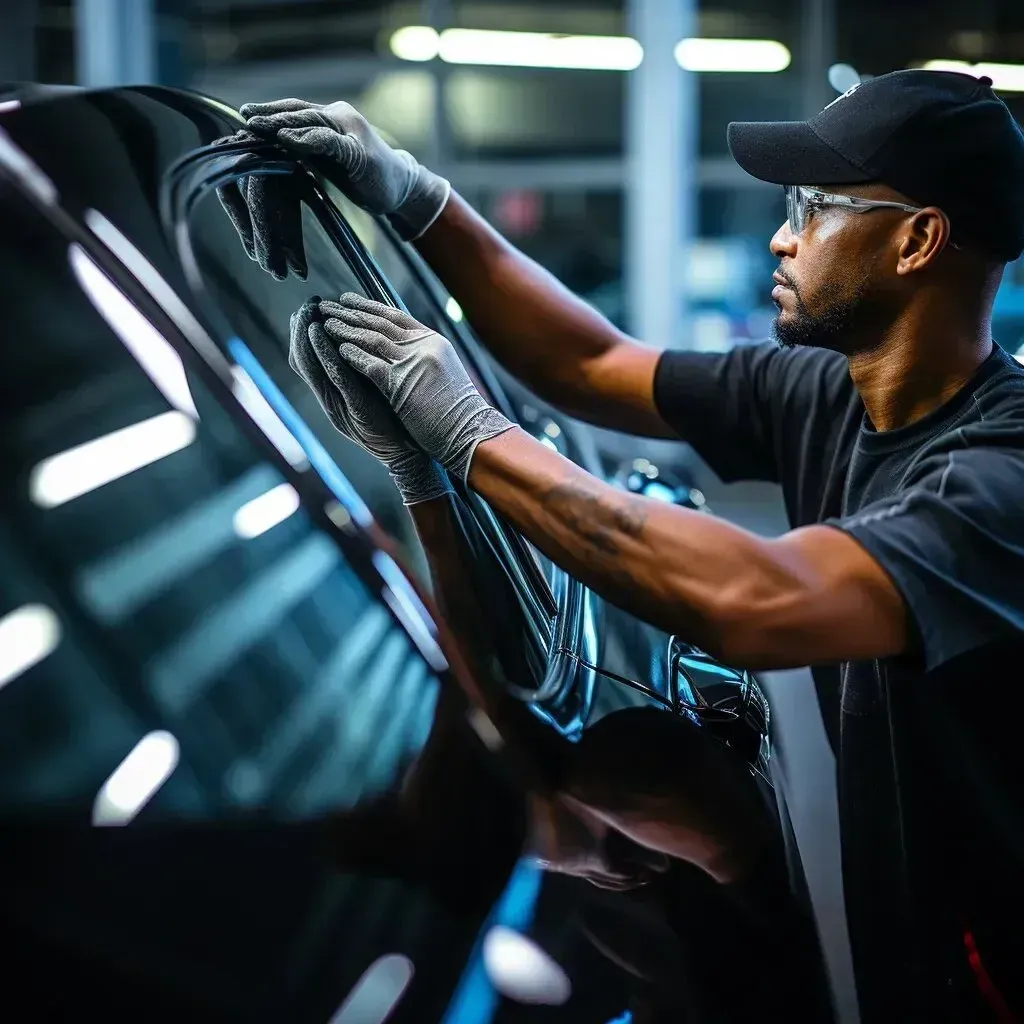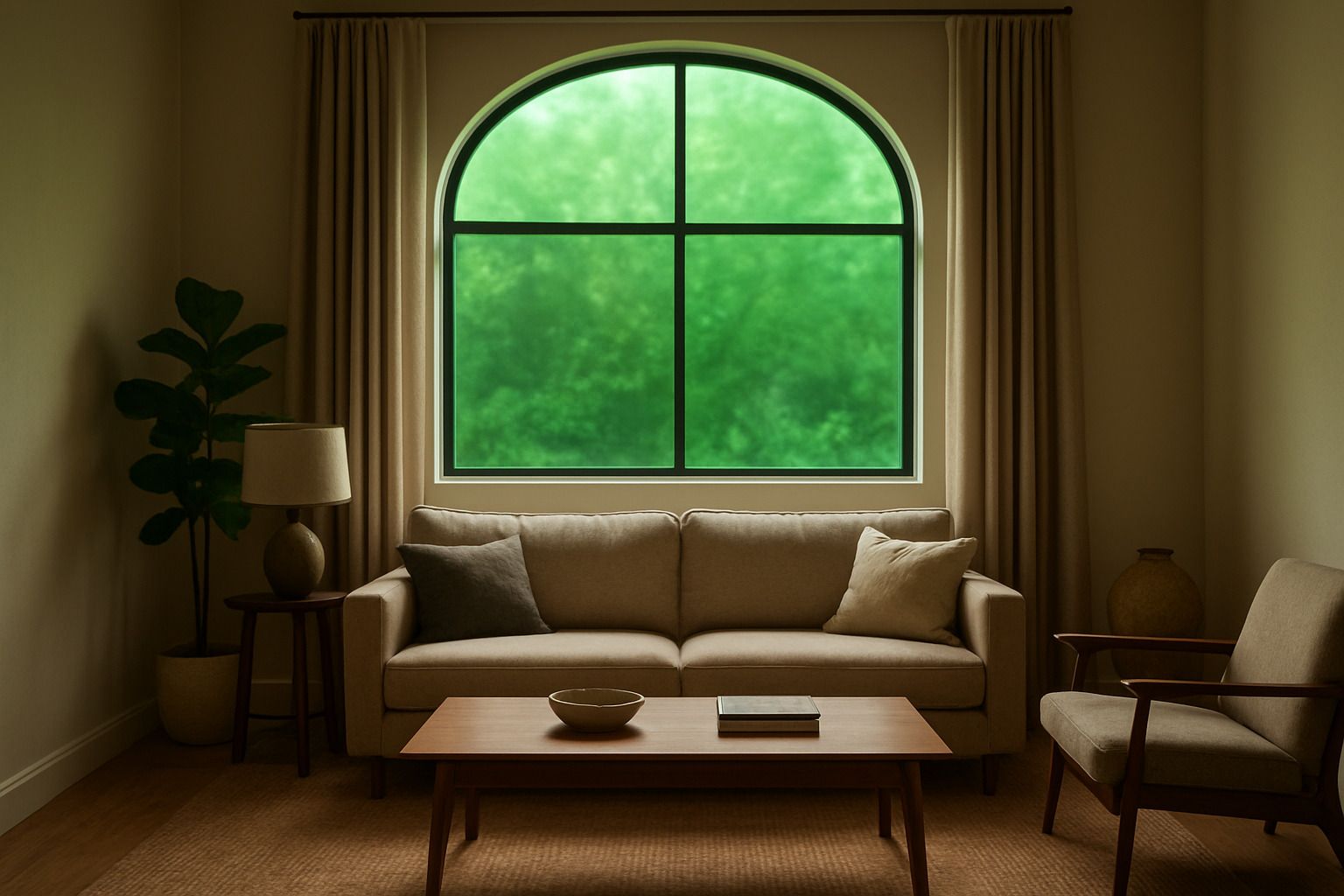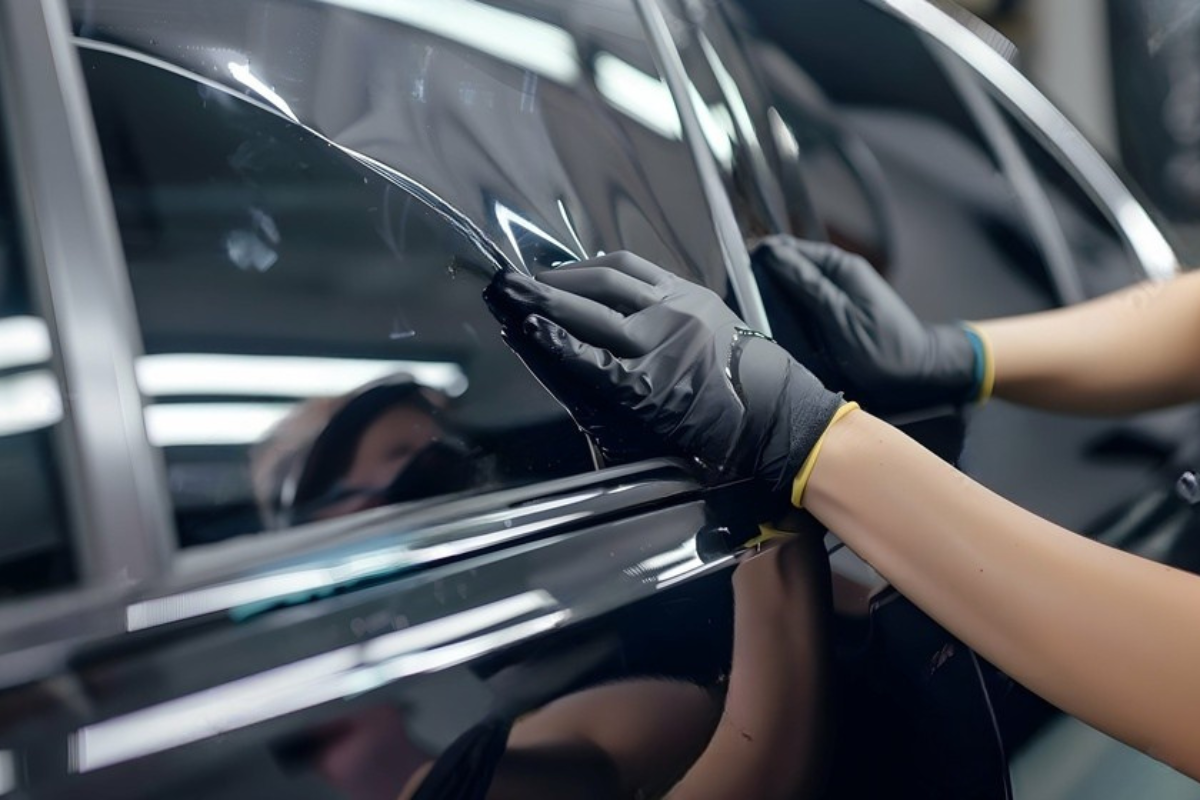Cut Costs & Stay Cool: The Energy Benefits of Window Tinting
Imagine a world where your utility bills shrink while your indoor spaces stay cooler, year-round. Sounds like a dream? With modern window tinting solutions, this dream is very much a reality. From reducing energy consumption to enhancing comfort, window tinting has emerged as a cost-effective, eco-friendly, and practical upgrade for homes and businesses alike.
In this guide, we explore the science, savings, and sheer sense behind window tinting as an energy solution. Whether you’re considering tinting your home, office, or commercial building, this is your one-stop resource.
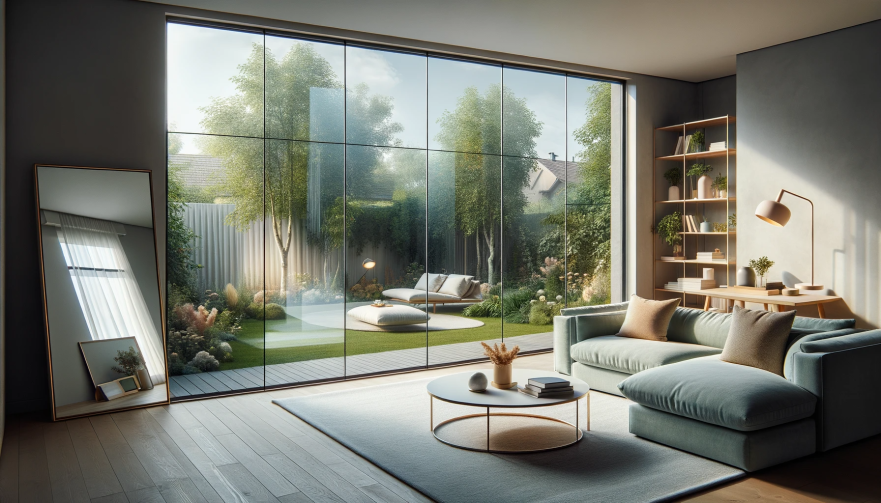
The Energy Benefits of Window Tinting
Window tinting offers more than just sleek aesthetics; it transforms the energy efficiency of your space. By controlling how much heat and light pass through your glass, tinting keeps your interiors cooler in summer, warmer in winter, and your wallet happier all year long.
What is Window Tinting and How Does It Work?
Window tinting involves applying a thin laminate film to the interior or exterior of glass surfaces. This film is made of layers that include adhesives, polyester, UV blockers, and metallic or dyed coatings.
These layers work synergistically to reflect, absorb, or block sunlight—especially the infrared and ultraviolet rays responsible for heat buildup and fading interiors. Modern films can even be nearly invisible, maintaining aesthetics while providing powerful performance.
How Window Tinting Improves Home Energy Efficiency
One of the standout features of window tinting is its ability to reduce solar heat gain. In layman's terms, this means less sunlight heat penetrates your home, resulting in lower air conditioning usage.
By rejecting up to 78% of solar heat, high-quality window tints can significantly reduce indoor temperatures without relying heavily on HVAC systems. That’s a real win for both your comfort and your energy bills.
Staying Cool Without Overusing Air Conditioning
Window tinting allows you to maintain cooler temperatures naturally. Instead of cranking up the AC, the tinted film acts like sunglasses for your house—filtering the sun’s intense rays and reducing the indoor heat index by several degrees.
The benefits? Fewer spikes in energy consumption during peak summer, and a noticeable improvement in room comfort throughout the day.
Window Tinting for Summer and Winter Savings
Energy savings don’t stop in the summer. In colder seasons, certain window films reflect heat back into your rooms, acting as an insulating barrier. This dual-action performance makes tinting a year-round energy-saving solution.
Think of it as wrapping your home in a thermal jacket—cool in summer, cozy in winter.
Advances in Window Film Technology
Today’s window films are a far cry from the dark, reflective tints of the past. Innovations now offer ceramic, carbon, and multi-layered films that block heat without darkening your rooms or distorting visibility.
Some advanced tints also reduce interior light reflection, making nighttime visibility better—a feature drivers and homeowners both appreciate.
Reducing Energy Bills with Residential Window Tinting
Households across the U.S. spend an average of 48% of their total energy bill on heating and cooling. Window tinting offers measurable relief, with studies showing up to 30% reductions in cooling costs.
Install tinting once, and you benefit every single month—no subscriptions, no maintenance headaches.
Energy Savings for Business Properties
Commercial buildings with extensive glass surfaces are prime candidates for energy loss. Tinted windows can result in thousands of dollars in savings annually for medium-sized offices by reducing HVAC strain.
Additionally, energy-efficient buildings attract tax incentives and LEED certification points, giving businesses a financial edge.
Breaking Down the ROI of Window Tinting
Although upfront costs vary, the return on investment for window tinting is often under three years. The combination of reduced utility bills, HVAC longevity, and increased comfort make it a no-brainer for cost-conscious property owners.
Moreover, partnering with a Mobile Window Tinting Service allows for quick, professional, and convenient installation.
Less Stress on Your Heating and Cooling System
By blocking excessive heat and preserving internal temperature, window films reduce the load on your HVAC system. This means fewer repairs, extended equipment lifespan, and smoother performance during temperature extremes.
You might even downsize your AC system over time thanks to the efficiency improvements.
How Tinting Improves Indoor Comfort Levels
Comfort isn’t just about temperature—it’s also about consistency. Window tinting reduces hot spots, prevents temperature fluctuations, and ensures an even climate throughout the space.
Your family, employees, or customers will feel the difference immediately.
Blocking Harmful UV Rays While Saving Energy
Up to 99% of ultraviolet rays can be blocked by quality window films. That’s great news for your health and your belongings.
UV protection prevents skin damage, reduces the risk of skin cancer, and protects furniture, flooring, and artwork from fading.
How Tinting Cuts Glare and Improves Ambience
Glare on screens and glossy surfaces can ruin the comfort of a room. Tinted windows reduce harsh sunlight glare, making it easier to work, watch TV, or relax without squinting or closing curtains.
This improvement in ambiance can also enhance productivity in offices.
Protecting Interior Furnishings and Flooring
Heat and UV rays break down fibers and dyes in fabrics, wood, and leather. Window tinting acts as a protective barrier, dramatically extending the lifespan of your home’s interior.
It’s like sunscreen for your sofa.
Window Tinting as a Green Building Upgrade
Looking to lower your carbon footprint? Window tinting is an eco-friendly solution. By reducing energy demand, tinting contributes to lower greenhouse gas emissions.
It’s a small change with a global impact.
Can Window Tinting Help Reduce Noise Pollution?
While not its primary purpose, some specialized window films do offer minor sound insulation. This can be especially helpful in urban settings or near busy roads.
Pairing tint with laminated glass can enhance noise reduction for maximum quiet.
Choosing the Right Film for Your Needs
There are several types of window tinting film:
- Dyed Film: Economical, but less heat rejection.
- Metalized Film: Reflects heat, adds strength, may interfere with electronics.
- Ceramic Film: Superior clarity and performance, no interference.
- Carbon Film: Great insulation properties, matte finish.
Consult with a pro to determine the best fit.
Is DIY Tinting Worth the Risk?
DIY kits exist, but they often lack the durability and finish of professional applications. Bubbles, peeling, and discoloration are common with amateur installations.
For long-term performance, trust a certified Mobile Window Tinting Service for hassle-free results.
Convenience of a Mobile Window Tinting Service
Why go to a shop when the shop can come to you? Mobile window tinting services bring everything to your location—whether it’s your home, office, or fleet.
This saves time, avoids disruptions, and ensures quality.
Maintaining Your Window Tint for Long-Term Savings
Maintaining tinted windows is simple:
- Use ammonia-free cleaners
- Avoid abrasive cloths
- Don’t roll down tinted windows for 3–5 days after installation
With minimal care, window films can last 10–15 years or more.
Combine Tinting with a Home Energy Audit
Want to maximize energy savings? Pair window tinting with a professional energy audit. This holistic approach identifies all areas of heat loss or gain, making your home a true energy-efficient powerhouse.
How Tinting Complements Smart Thermostats
Window tinting keeps your indoor environment consistent, allowing smart thermostats to work more efficiently. Less fluctuation = smarter automation and lower costs.
Together, these upgrades modernize your home while slashing utility expenses.
Real-World Businesses Saving with Tinting
From retail chains to corporate campuses, businesses are reaping rewards from window tinting. Case studies show annual savings ranging from $5,000 to $20,000 depending on building size.
That’s real money reinvested into growth.
Real Homes, Real Energy Savings
Homeowners across the country report monthly energy bill reductions of 20–30% after window film installation. For large homes, this could mean over $500 annually.
Window Tinting Regulations You Should Know
Residential window tinting is largely unregulated, but vehicles and commercial spaces often have restrictions. Always check local laws or consult a professional installer.
Can Window Tinting Boost Your Home’s Market Price?
Yes! Energy efficiency is a top selling point for buyers. Window tinting improves energy ratings, enhances aesthetics, and can add perceived value during resale.
Debunking Myths About Window Tinting
- “Tinting makes rooms too dark.” Modern tints are nearly invisible yet powerful.
- “Tints bubble and peel.” Only if poorly installed—use professionals.
- “It’s only for summer.” It saves energy year-round.
What Users Say About Energy Savings
Testimonials abound from homeowners and businesses alike. Most cite lower bills, better comfort, and even improved security as key benefits.
Is Tinting Better Than Blinds or Drapes?
Blinds block light, but not heat. Drapes add insulation, but trap heat. Tinting reflects and rejects heat before it enters, making it a more effective energy-saving solution.
Need Help? Reach Out via Contact
Have questions? Need a quote? Reach out to the experts for a tailored solution and professional support.
Frequently Asked Questions
How long does window tinting last?
High-quality films typically last between 10–15 years with proper maintenance.
Will tinting affect natural light in my home?
Modern films allow natural light in while blocking heat and UV rays.
Can I remove window tinting later?
Yes, but it’s best done by professionals to avoid damaging the glass.
Is window tinting safe for double-pane windows?
Yes, as long as you choose a compatible film recommended by professionals.
Can tinting help with security?
Yes, thicker films can make glass harder to shatter.
How soon can I clean tinted windows?
Wait at least 30 days to allow full curing before cleaning.
Final Thoughts on Saving with Window Tinting
Window tinting is a smart, stylish, and sustainable choice. Whether you’re battling summer heat, reducing energy costs, or protecting interiors from UV damage, tinting delivers impressive benefits.
From homes to offices, the advantages of tinting stretch far beyond aesthetics—right into your wallet.
Links

